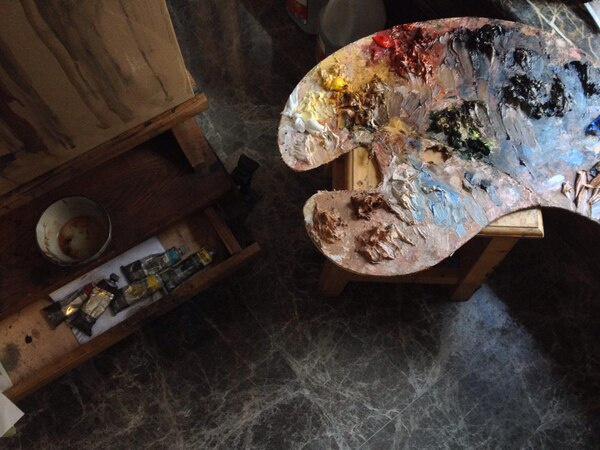Swap and Share: The Evolution of Art Trading
In the ever-evolving world of art, trading and exchanging art pieces have become integral components of the artistic landscape. This practice, known as art trading, has transformed from its historical roots into a modern and dynamic way for artists, collectors, and enthusiasts to engage with art in contemporary society. Art trading today extends beyond mere transactions, encompassing a rich tradition of sharing, collaboration, and mutual appreciation.
Historically, trading art dates back to ancient times when art was often shared or exchanged as part of cultural traditions or diplomatic gifts. These early forms of art trading laid the groundwork for what we observe in today's art market, where art is not only bought and sold but also swapped among peers. This practice has allowed artworks to transcend boundaries, both geographically and culturally, promoting an exchange of ideas and styles that contributes to the global art narrative.

In recent decades, the art trading scene has expanded significantly, driven by technological advances and the increasing globalization of culture. Online platforms have emerged as vital tools in this evolution, enabling artists and collectors to reach a wider and more diverse audience. Websites dedicated to art swapping provide communities where members can exchange works directly, facilitating connections that break down geographical and social barriers. This democratization of art trading has empowered emerging artists to gain exposure and collectors to diversify their collections with unique pieces from across the world.
Swap and share events, also known as art swaps, have become popular in artistic communities worldwide. These gatherings offer artists the opportunity to exchange works with their peers, often leading to collaborations and the birth of new creative endeavors. Art swaps convey a sense of community and collaboration, fostering environments where artists can learn from one another and build lasting relationships.
The rise of social media has further enhanced the visibility and accessibility of art trading. Platforms like Instagram allow artists and collectors to showcase their collections, attract interest, and negotiate trades. This instant connectivity has transformed the way art is perceived and exchanged, making trading an integral part of art appreciation and curation in the digital age.
Moreover, art trading is not limited to physical artworks alone. The digital revolution has given rise to new forms of art, such as digital prints and NFTs (non-fungible tokens), which have carved out their niche in the art trading world. NFTs, in particular, represent a seismic shift in how art is bought, sold, and traded, offering new opportunities for artists and collectors in the realm of digital art.
In addition to technological advancements, art trading has also been influenced by a growing emphasis on sustainability and ethical considerations. Many art enthusiasts are increasingly conscious of the environmental and social impacts of their collections. Art trading, with its emphasis on reuse and sharing, aligns with these values by promoting a mode of art collection that reduces waste and emphasizes community engagement.
In conclusion, the evolution of art trading reflects broader trends in the art world, where collaboration, technology, and sustainability converge. By swapping and sharing art, participants in the art market are not only able to expand and diversify their collections but also contribute to a global dialogue that celebrates cultural exchange and artistic innovation. As art trading continues to grow and adapt to new challenges and opportunities, it remains a vibrant testament to the enduring spirit of creativity and community that defines the world of art.